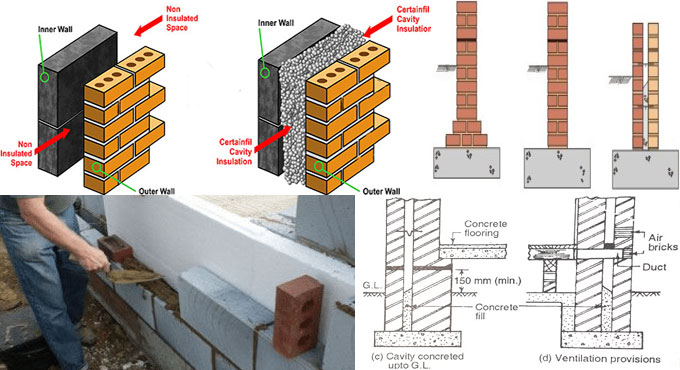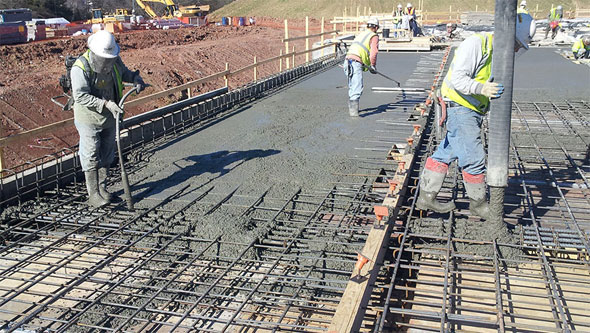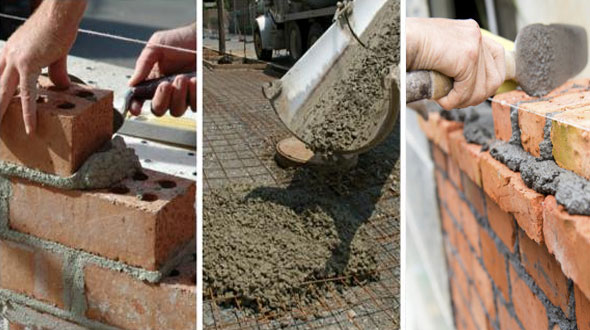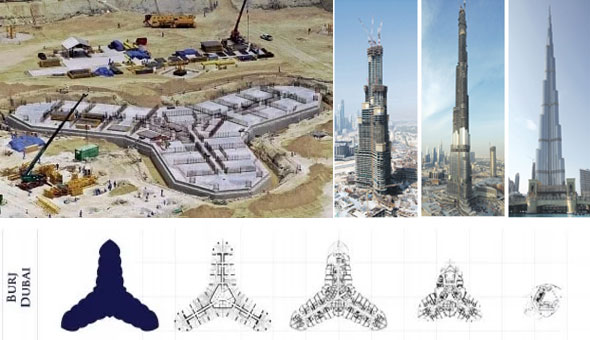Rebarcalculator is used for making calculations/conversions of rebar from weight(MT), Surface are(M2), No. of bar(12 meter length each) and total Length(meter) in any combinations.
To compute from Weight(MT) and transform it into Surface are(M2). As for instance Dia 10 MM & Quantity 5 MT, choose the unit MT from green panel and then opt for the convertible unit as output ie. M2 from Blue panel. Press calculate to obtain the required conversion.
It is mostly effective for site engineers, Managers, Project leaders in rolling, civil construction and coating industry to calculate cost and operational detail.
If you find this is useful, please comment on my blog and suggest of similar or any other areas in your business which can be improved with such software/applications.
One can access Rebarcalculator at free of cost. It is compatible with windows but does not support Mac OS X, Linux, Solaris, FreeBSD, or AIX.
Online Rebar Calculator
To get more details, watch the following video tutorial.
Video Source: Calculated Industries
~~~~~~~~~~~~~~~~~~~~~~~~~
Published By
Rajib Dey
www.constructioncost.co
~~~~~~~~~~~~~~~~~~~~~~~~~
To compute from Weight(MT) and transform it into Surface are(M2). As for instance Dia 10 MM & Quantity 5 MT, choose the unit MT from green panel and then opt for the convertible unit as output ie. M2 from Blue panel. Press calculate to obtain the required conversion.
It is mostly effective for site engineers, Managers, Project leaders in rolling, civil construction and coating industry to calculate cost and operational detail.
If you find this is useful, please comment on my blog and suggest of similar or any other areas in your business which can be improved with such software/applications.
One can access Rebarcalculator at free of cost. It is compatible with windows but does not support Mac OS X, Linux, Solaris, FreeBSD, or AIX.
Online Rebar Calculator
To get more details, watch the following video tutorial.
Video Source: Calculated Industries
~~~~~~~~~~~~~~~~~~~~~~~~~
Published By
Rajib Dey
www.constructioncost.co
~~~~~~~~~~~~~~~~~~~~~~~~~





